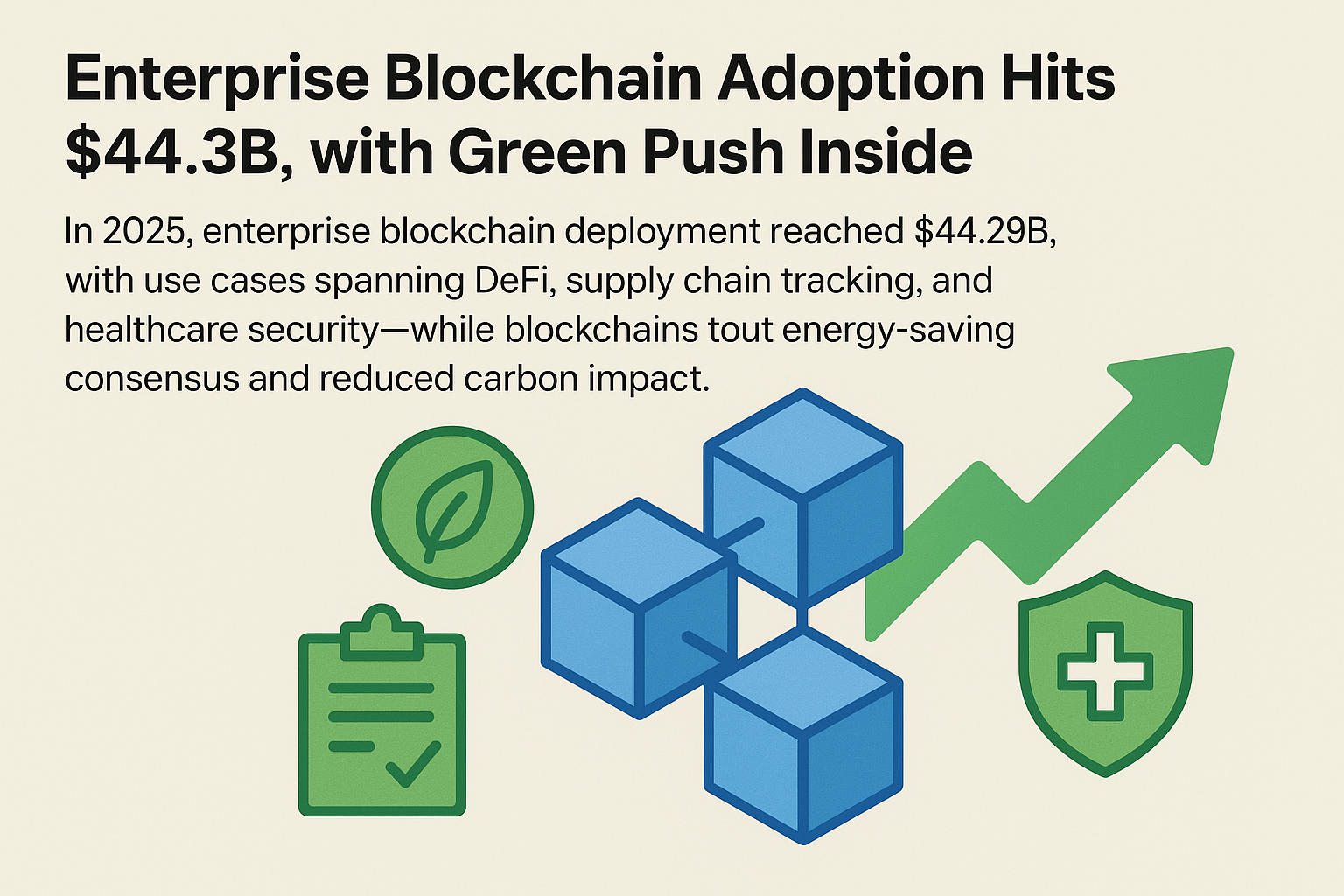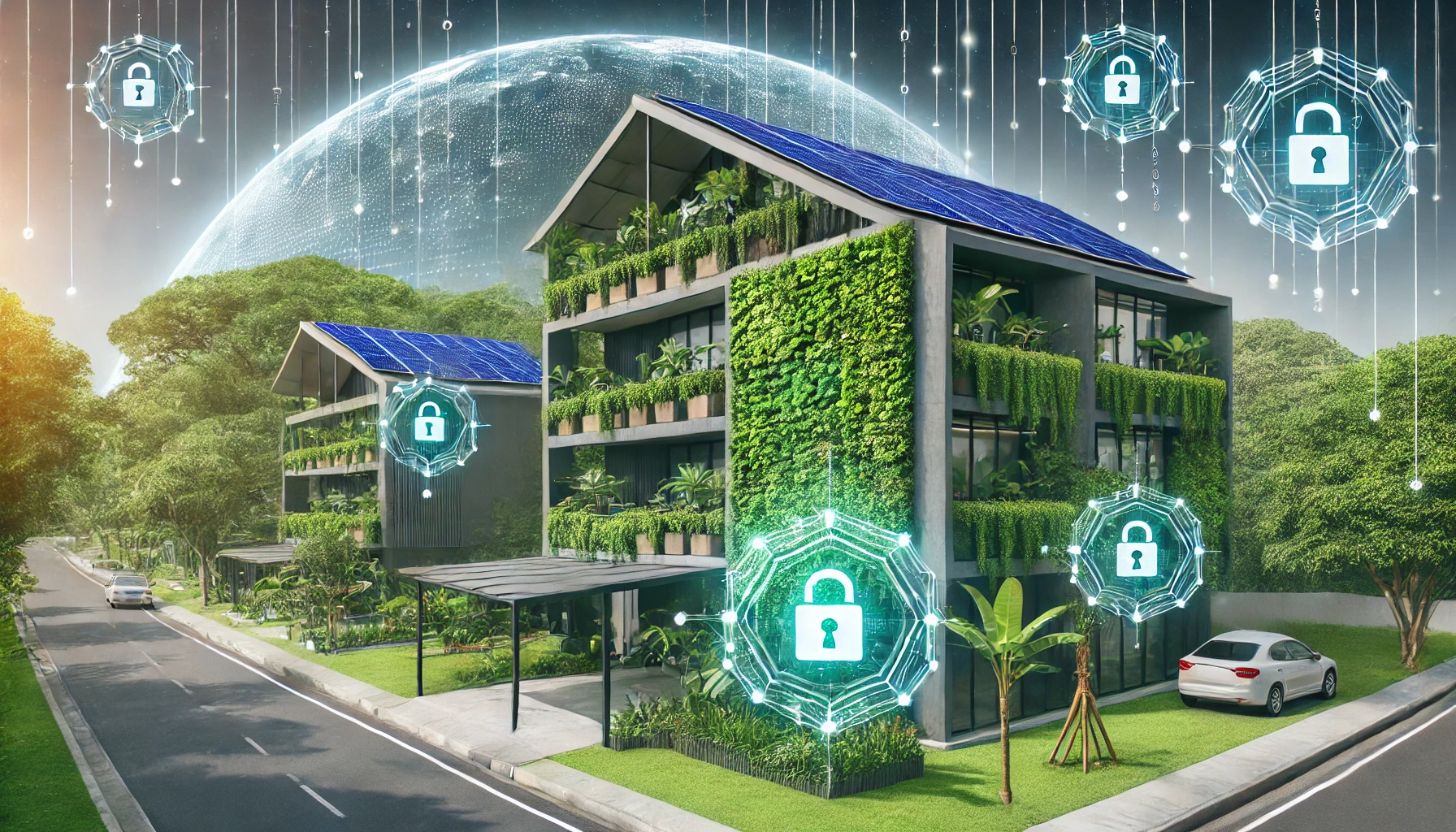As global awareness of sustainability grows, the financial industry is under pressure to modernize its infrastructure. Traditional systems for managing and trading assets are still heavily dependent on paperwork, intermediaries, and energy-intensive processes. Tokenizing real-world assets (RWAs) offers a clear alternative: a digital-first, resource-light framework that minimizes environmental impact while improving efficiency.
A Digital Framework That Saves Resources
Minimal physical infrastructure.
With tokenization, ownership records are stored securely on digital ledgers rather than in filing cabinets or printed contracts. This shift eliminates paper waste, courier services, and physical storage needs, significantly cutting the carbon footprint.
Efficient settlement.
Blockchain-based smart contracts automate transactions, reducing administrative overhead and minimizing the computing power required compared to older, centralized systems. By using energy-efficient protocols, tokenization platforms make transactions faster and greener.
Streamlined operations.
Decentralized solutions allow for storing and sharing documents without maintaining massive centralized server farms. This leads to both lower costs and lower resource consumption.
Beyond Sustainability — The Added Value
Fractional ownership and access.
Tokenization breaks high-value assets into smaller, tradeable units, allowing more investors to participate with limited capital. Whether it’s real estate, art, or commodities, tokenization broadens access to asset classes once reserved for institutional players.
Transparency and trust.
Every transaction is immutably recorded on-chain. This auditability fosters trust, reduces fraud, and lessens the reliance on costly intermediaries.
Global, 24/7 markets.
Unlike traditional markets that run on business hours and are confined by borders, tokenized assets can be traded at any time, anywhere, providing greater liquidity and reach.
Automated compliance.
Smart contracts can embed regulatory checks, streamline KYC/AML processes, and automate dividend or interest payments. This removes redundant steps, reducing energy and resource use.
Building Platforms That Are Green by Design
Modern tokenization platforms are being developed to combine high performance with environmental responsibility. These systems use AI-driven valuation, decentralized identity management, and cross-chain interoperability to operate efficiently at scale. The result is an infrastructure that supports global adoption without the excess energy demand of legacy financial systems.
Sustainability’s Ripple Effect
-
Fewer intermediaries mean lower energy consumption.
By cutting out multiple administrative layers, tokenized platforms inherently consume fewer resources. -
Digital processes replace paper and physical storage.
This reduces waste and lowers emissions tied to logistics and document handling. -
Energy-efficient protocols ensure scalability without excess cost.
As tokenization adoption grows, these optimized systems will continue to lower the environmental impact per transaction.
Tokenizing real-world assets doesn’t just modernize financial markets—it helps build a cleaner, more efficient infrastructure for global trade and investment. Thoughtfully designed platforms can provide transparency, accessibility, and scalability while significantly reducing resource consumption. In short, tokenization offers a path to both financial innovation and environmental responsibility.




